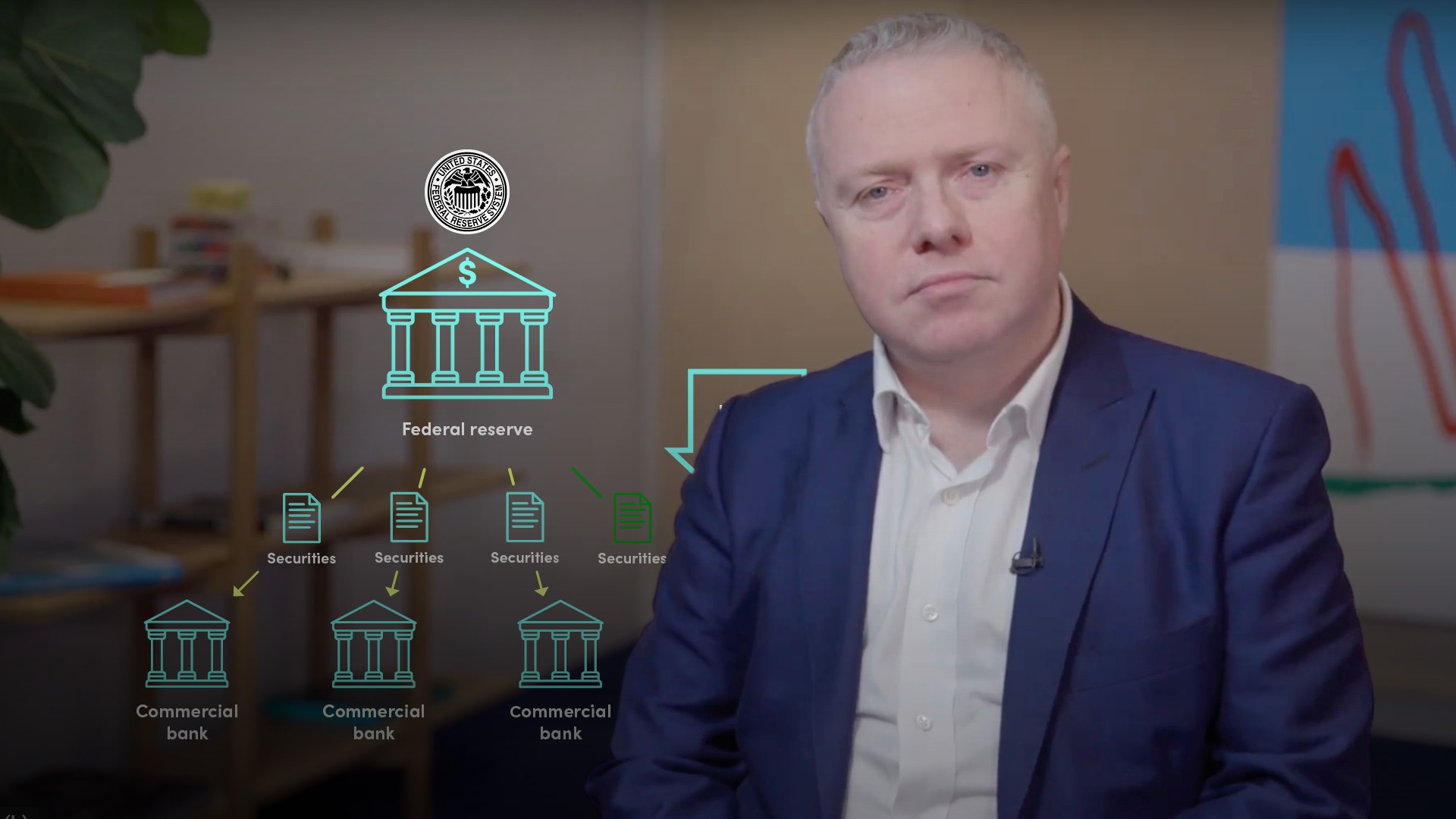
Quantitative Easing (QE)
Quantitative easing has traditionally been described as an unconventional monetary policy tool. But its constant use since the global financial crisis has rendered it a more conventional tool. QE is often referred to as money printing by central banks, although this is something of a misnomer since no banknotes or coins are printed and injected into the wider economy. In essence, QE is manifested in heavy central bank buying of an array of financial instruments. Depending on the jurisdiction, it can involve the purchase of government and corporate bonds, asset-backed securities, even equities/ETFs. The intention of this asset-purchasing activity is to lower long-term bond yields and stimulate economic activity and growth in similar ways a rate cut does. (The flip side of lowering bond yields is that QE injects asset-price inflation into the financial system). QE was introduced throughout the world because interest-rate policy on its own, even the introduction of zero interest-rate policies, was insufficient to stimulate economies.




























